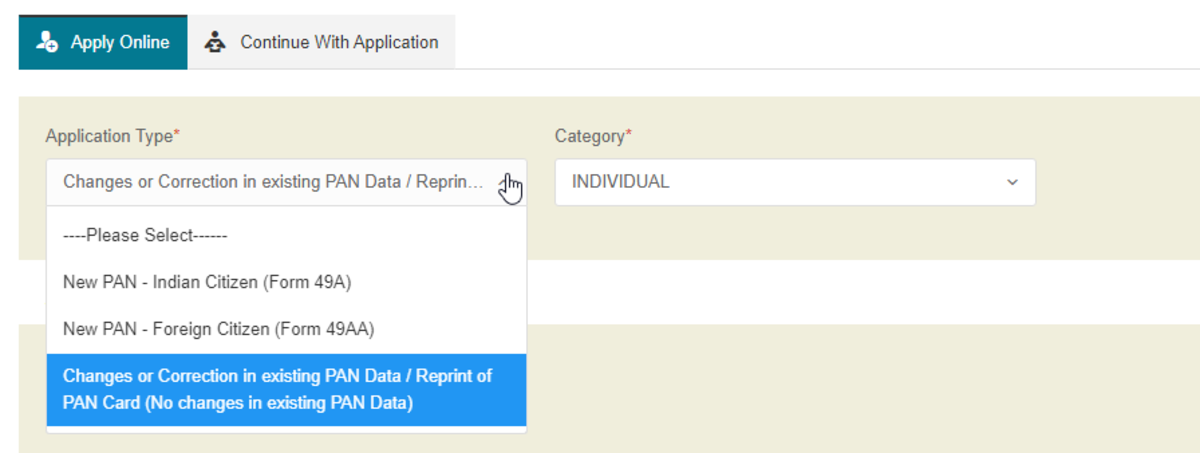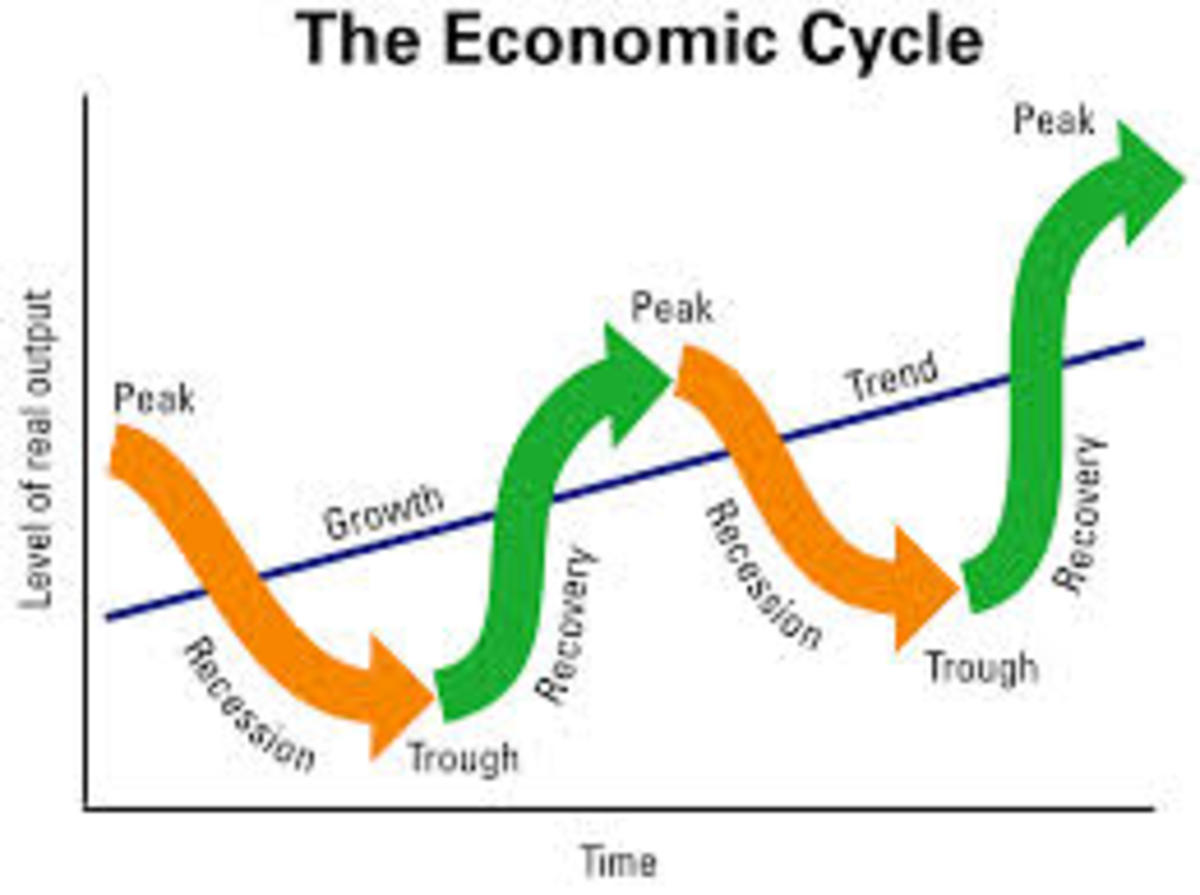Financial Basics in your 20s
So now that you have your first real job and have moved out on your own, what's next? Maybe you have your month to month bills covered, you treat yourself to a dinner out or a weekend away once in a while; how do you use your time and earning power wisely, before your expenses start to grow as you get older?
Each person's situation is different and the challenge in taking care of your personal finances is that there are no hard and fast rules that will guarantee success. Budgeting, managing any risk and building stable foundations for future savings are the best starting points for young adults planning for their future.
1. Emergency Fund for Basic Needs
One of the most important goals to work towards is establishing a safety net that will cover your monthly fixed expenses in case you were unable to work or needed the funds for some other sort of emergency - car repair, medical deductible etc.
Fixed expenses would include your rent or mortgage, gas and/or electricity, insurance bills (medical, property, car), cellphone bill and grocery needs.
An amount to aim for would be 6 months of living expenses in your emergency fund, but this varies. Think about your own situation and an amount of money that you would be comfortable with having if you lost your job for a few months for example.
Your emergency fund should be in a highly liquid place - in other words you should be able to access it very quickly. A savings account is usually the best option, try find one with the highest yield, or interest rate, that you can. American Express recently started a savings offering which currently has a 0.9% rate - quite competitive in today's interest rate market. You could also choose to have this money (or some of it) in a CD or low risk bond fund, but this depends on the terms offered. You want to make sure you are able to access your money if you were to need it.
- Savings Accounts & CDs | American Express Personal Savings
Find savings accounts and CD rates with Personal Savings from American Express Bank, FSB.
2. Minimize Risk and Debt
Different strokes for different folks. Different views on amounts of insurance exist, usually depending on people's personal experience with losses incurred from an unforeseen event. Without delving into too much detail, make sure you cover your bases for when the unthinkable happens.
If your employer does not provide health insurance, despite Obamacare making this a rarer case that it once was; pick a high deductible health plan that you are comfortable with. Monthly premiums can sky rocket pretty quickly and it is tempting to buy the cheapest plan. Do your research to make sure the company you choose is accepted by your local doctor and don't sign on for a deductible that you wouldn't be able to pay (without depleting every cent you have) if you were to get hurt.
The same goes for car and home insurance, elect a deductible high enough to deter you from being blase about making a claim yet low enough to be affordable. Depending on where you live, incidents are more common than we would like. Snowy, icy roads breed dangerous driving conditions and many states have the added hazard of wandering deer on the interstate. Make sure you investigate the discount possibilities by getting all your insurance through one company, and utilizing any discount programs offered - Progressive's Snapshot Program can drop premiums by up to 30% for careful drivers.
Being adequately insured helps to minimize debt but it is highly important to not over-utilize credit cards. In today's world it feels like every retail store is offering you a store card, and existing credit card companies are constantly trying to extend more credit offers to you. Accept these offers at your peril! Before you know it, your monthly bank transfers will entail paying off various lines of credit.
The best situation to be in is to live in a smaller house than you think you can afford, drive a less affluent car than you think you can afford and have those two purchases being your only form of long-term debt. Pay of your (few) credit cards monthly and don't purchase anything on them that you don't already have the money for.
- Snapshot® | Progressive
With Snapshot, the best drivers get the best rates. Buy a Progressive auto policy and Snapshot is included, or do a 30-day trial to preview what you'd save.
3. Max out Employer-Sponsored Retirement Savings Plans
Most employers offer some sort of a retirement savings plan for employees to participate in, usually once they have been working for 6 months to 1 year. Make sure you find out if your employer offers this and if there is a company match added to your contributions.
You want to make sure you are contributing at least up to the match point - eg. 3% of your salary. This is usually deducted from your pay check on a pre-tax basis and goes into an investment account that belongs to you, even if you were to leave the employer. Sometimes there are different rules for the employer's matching contributions and you may lose those if you leave the employer too early, but you will never lose your own contributions.
Take the time when you setup the account to look at your investment fund options. Risk tolerance varies by person but younger folks would be wise to choose an aggressive fund with a goal of capital appreciation and growth. Target date retirement funds are another option and are best for those of us who want to 'set it and forget it'.
I cannot reiterate enough how important it is to start saving for retirement early. The sooner you start, the more benefits you will gain from the power of compounding. Rules of thumb on how much to save vary, with most agreeing that 10-15% of your income is a good idea. This is especially true in your 20s, when your financial obligations are less than they will be later in life when children, home improvement, medical considerations and other expenses increase your month-to-month spending.
Without being overly aggressive, elect the largest percentage of your income that you can live without to go into your retirement savings plan. Soon, you won't even realize it was there.
- The power of compounding | Vanguard
See how the power of compound earnings can help you reap the most benefit from your investments.
4. Put any additional savings into a Roth IRA
Allocating a full 15% to your employer sponsored 401(k) or SIMPLE IRA can be daunting. It is a good idea to put additional savings you want to earmark for retirement (and take advantage of tax-deferred growth of course) into a Roth IRA, where there are ways to get the money out if needed.
Your cost basis (the amount you put in, not the growth/earnings that those dollars generate) can be withdrawn without penalty prior to retirement. In certain cases (eg. to contribute to a down payment for first time home buyers), you can take out your earnings as well.
Since the money going into the Roth IRA is in after-tax dollars, your distributions at retirement (after the age 59 1/2) will not be taxed. This is a great option to have at your disposal, especially if you think you will be in a higher income tax bracket later in life than you are now.
The same concept applies for dollars invested in a Roth IRA - make sure they are invested in an investment fund that can work towards beating the rate of inflation in the long run, not sitting in cash which loses its purchasing power as time goes on.
You can open a Roth IRA at most brokerage or mutual fund firms - the most well known are Charles Schwab, Fidelity, American Funds, Vanguard. The annual account fee should be small or zero and these companies have low (if any) transaction charges. They also have wonderful customer service departments and websites that, though they do not give out professional investment advice, will usually help you reach a prudent strategy.
5. Don't try to 'Play' the market
Many first-time investors have dreams of picking that certain stock that will grow exponentially and make them billionaires. The fact of the matter is that this rarely happens and that, unless you are dedicating your time and wellbeing to watching the stock market 24 hours a day, and then still being willing to take some losses; this is unlikely to occur.
Following the tried and tested strategy of investing consistently, over time, in mutual funds that are run by professionals, who dedicate their lives to picking stocks to incorporate into their funds, is the best recipe for success that financial planners will recommend to you.
If it sounds too good to be true, it probably is. Don't lose your hard-earned savings on a gamble.
6. Leverage your youth and health
Permanent whole life insurance has featured in the media on and off over the years. Your older relatives may tell you nightmare stories about universal life products in the 80s that appeared to be a magical solution for building cash savings in a tax-deferred place; but the premium skyrocketed when interest rates fell.
As with any financial product, it is vital to not buy into anything you do not understand. This usually means sticking with the simple strategies, such as those we have discussed in this post.
Permanent whole life insurance is another great 'bucket' where you can save money. The word save is a bit of a misnomer, since you don't use this tool as a liquid savings account. It is very long-term in nature and should not be undertaken lightly.
However, young and healthy adults are prime candidates to start these life insurance policies as their premiums will be low. Unlike term insurance, these policies are owned for life (as long as you keep paying the premiums) and coverage does not expire at a certain (older) age when life insurance companies deem the risk of insuring you too great. As an added bonus, the cash value continues to grow every year, the policy earns dividends that can go towards building more cash value or be taken in cash and for policies in force for many years; you can even take out policy loans for short term cash needs or surrender the additions that have grown over the years in the cash value.
Permanent whole life insurance requires a little more guidance and preparation that the previous tactics listed above and you will definitely need to meet with a financial planner or company representative to start the ball rolling. However, for those who do go through the effort and buy a policy at a young age, the long term benefits can be vast.
- Permanent Life Insurance | Northwestern Mutual
Make permanent life insurance part of your financial planning with Northwestern Mutual.
This post intends to serve as a guide for young adults wanting some tips on financial steps to take. It should not be construed as financial planning rules or advice, but an idea of basic principles that have served the writer and other young professionals well.








